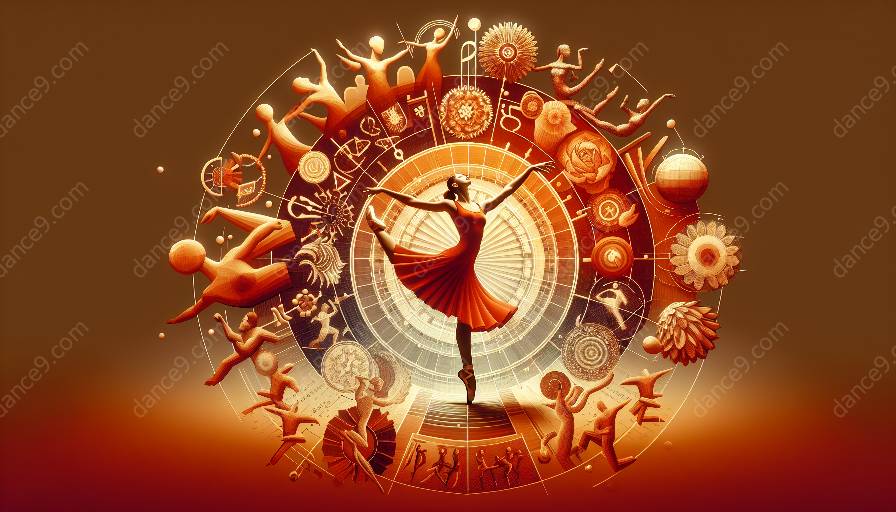Dance is a universal form of expression that is deeply intertwined with cultural diversity. Across the globe, various cultures have developed unique dance practices that reflect the traditions, beliefs, and values of their communities. In this exploration of cultural diversity and dance practices, we will delve into the fascinating intersection between dance anthropology, dance studies, and the rich tapestry of dance forms found around the world.
The Connection Between Cultural Diversity and Dance Practices
Cultural diversity encompasses the multitude of distinct cultural groups that coexist within a broader society. These groups often maintain their own traditions, languages, and artistic expressions, including dance. Dance practices are a reflection of the cultural, social, and historical contexts in which they originate.
When studying cultural diversity and dance practices, it is crucial to consider the significant influence of anthropology. Dance anthropology, a subfield of anthropology, focuses on the study of dance in various cultural and social contexts. It delves into the roles of dance in ritual, performance, identity, and community cohesion, providing valuable insights into the intricate relationship between dance and culture.
The Role of Dance Studies in Understanding Cultural Diversity
Dance studies, a multidisciplinary field, further enriches our understanding of cultural diversity and dance practices. It encompasses the scholarly examination of dance as a performing art, social practice, and cultural phenomenon. Through dance studies, researchers analyze dance as a form of communication, a medium of cultural expression, and a vehicle for the transmission of tradition.
By engaging with dance anthropology and dance studies, we can unravel the complexities of how cultural diversity shapes dance practices and vice versa. This holistic approach allows us to appreciate the significance of dance within different cultural contexts while acknowledging its broader implications for society and human expression.
Exploring the Global Mosaic of Dance Practices
As we explore the global mosaic of dance practices, we encounter a breathtaking array of styles, techniques, and narratives that are deeply rooted in diverse cultural landscapes. From the rhythmic movements of African tribal dances to the elegant grace of classical Indian dance forms, each tradition offers a unique perspective on the human experience.
By examining specific dance practices within their cultural contexts, we gain a deeper appreciation for the intricate connections between movement, music, storytelling, and cultural heritage. This nuanced understanding fosters a sense of respect for the diversity of human expression and the enduring legacy of dance as a form of artistic and social embodiment.
Embracing Diversity Through Dance
It is essential to recognize that cultural diversity and dance practices are not static entities; they evolve and adapt over time, influenced by global interactions, migration, and the dynamics of contemporary societies. As a result, the intersection of cultural diversity and dance practices continues to be a dynamic and evolving realm that reflects the ongoing resilience and creativity of human cultures.
Embracing diversity through dance involves celebrating the richness of cultural traditions, fostering cross-cultural understanding, and promoting inclusivity in the global dance community. By engaging with diverse dance practices, individuals can expand their perspectives, cultivate empathy, and contribute to the preservation and revitalization of traditional dance forms.
The Influence of Modernity and Globalization
The forces of modernity and globalization have significantly impacted the landscape of cultural diversity and dance practices. While traditional dance forms remain integral to many communities, contemporary dance styles and fusions have emerged, reflecting the interplay between tradition and innovation. In this dynamic environment, dance anthropology and dance studies play a vital role in documenting, analyzing, and contextualizing these transformations.
As dance continues to evolve in response to changing societies and cultural dynamics, it is crucial to maintain a nuanced understanding of the ways in which dance practices adapt and interact within diverse cultural environments. By embracing both tradition and innovation, the global dance community can navigate the complexities of cultural diversity while remaining connected to the rich historical legacies that shape dance as a multifaceted art form.

















